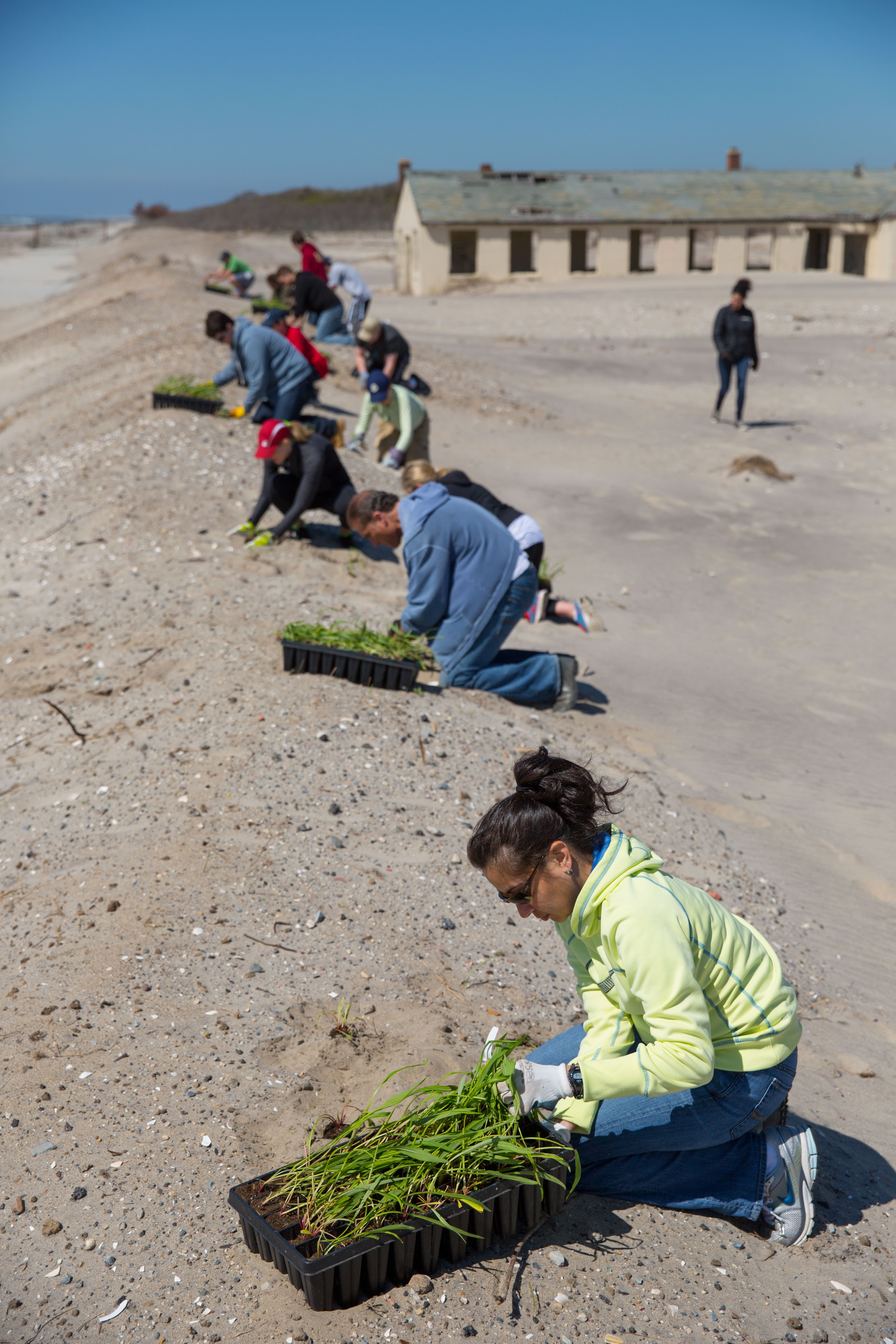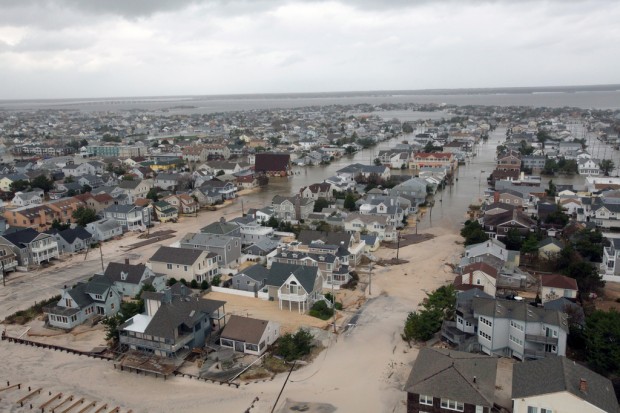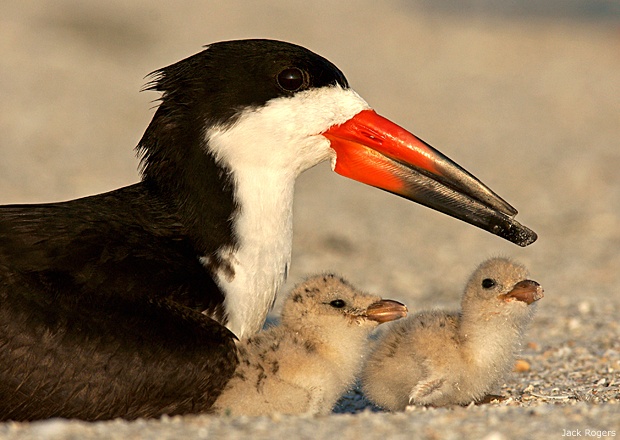We have much more to do and your continued support is needed now more than ever.
Rebuilding After Hurricane Sandy – A Blueprint for a Better Future for People and Wildlife

Preparing for the Next Storm
Although there should be no retreat from efforts to reduce the carbon pollution that drives climate change, there is no question that we must also prepare for the inevitable change. The National Oceanic and Atmospheric Administration estimates that sea levels in the NYC metro area will rise at least a half a foot and up to 2.5 feet by mid-century. Because of this inexorable sea level rise, we know with certainty that every major storm that hits the region going forward will push sea water further inland than before. And the tropical storms that fuel this surge are expected to become more frequent and more powerful as the climate warms. Extreme rainfall of every variety is expected to become more intense, worsening flood risk across the region.
Arguably the most detailed and farsighted climate change adaptation plan ever produced by the federal government, the Hurricane Sandy Rebuilding Strategy should be of interest to anyone who cares about building cities resilient to intensified floods and storms. And with very substantial funding to fuel the strategy – a roughly $50-billion Sandy relief package approved by Congress in early 2013 plus significant additional public and private dollars – local leaders will be able to move quickly into implementation. Many features of the Strategy merit attention. Here are just a few:
- Educating people about flood risk and practical steps they can take to reduce that risk.
- Making science-based analysis of climate risks a part of all project planning.
- Using insurance and other market forces to reduce building in hazardous locations.
- For the first time ever, applying climate resiliency principles and guidelines to all federal investments – federal infrastructure construction as well as state and local infrastructure construction using federal dollars.
This last point is especially important. Until now, the many federal actors involved in climate change adaptation have lacked any agreed upon approaches to building climate-resilient communities. Now, every agency charged with investing the billions in Sandy recovery funds will fund only those projects that conform with the best science on preparing for climate change.
Emphasizing green infrastructure
Perhaps most importantly, the new guidelines call for capturing the benefits of nature-based (“green infrastructure”) solutions to protecting communities from intensifying storms and floods. Green infrastructure is defined as including:
- Protecting communities from storm surge using the natural defenses provided by land and water systems such as wetlands, vegetated sand dunes, and forests.
- Building stormwater management systems that soak up and store water using natural areas and natural processes.
- Otherwise integrating natural systems and processes, or engineered systems that mimic natural systems and processes, into infrastructure.
This move by top federal officials to help steer the sizable Sandy investments toward green infrastructure is an exciting sign that the nation is truly beginning to shift away from its historic over-reliance on sea walls, dikes, levees and other “hard infrastructure” flood protection solutions. Although hard infrastructure is warranted in some cases, in many cases it is ineffective in controlling floods and causes extensive damage to wildlife and other natural resources.

Missing: a wildlife restoration vision
One key flaw in the strategy is its failure to outline any kind of vision for wildlife restoration in the NYC metro area and Jersey shore. In fact, the plant and animals species of the region are barely mentioned. The New York City Parks Department alone has over 10,000 acres of forests, woodlands, freshwater wetlands, and saltwater marshes. Surrounding suburbs are likewise blessed with a diverse array of species and habitats. Historically, the Atlantic flyways teemed with migratory birds and the rivers and estuaries teemed with fish, shellfish, amphibians and reptiles. What part of the region’s rich natural legacy do the people of New York, New Jersey and Connecticut want to bequeath to future generations?

Integrating Wildlife into Green Infrastructure Strategies
Some might argue that the best place for planners to express their wildlife vision is in a wildlife or natural resources plan. But by their inclusion of green infrastructure in their rebuilding plan, the Hurricane Sandy task force implicitly acknowledges that the natural and built environments are so closely intertwined that they must be dealt with holistically. Now local leaders must take the next step and build the wildlife restoration element of the region’s green infrastructure strategies. If they do this, we will end up with abundant wildlife and safer, more vibrant communities.
Editor’s note: This essay was also published at the Nature of Cities blog.




















